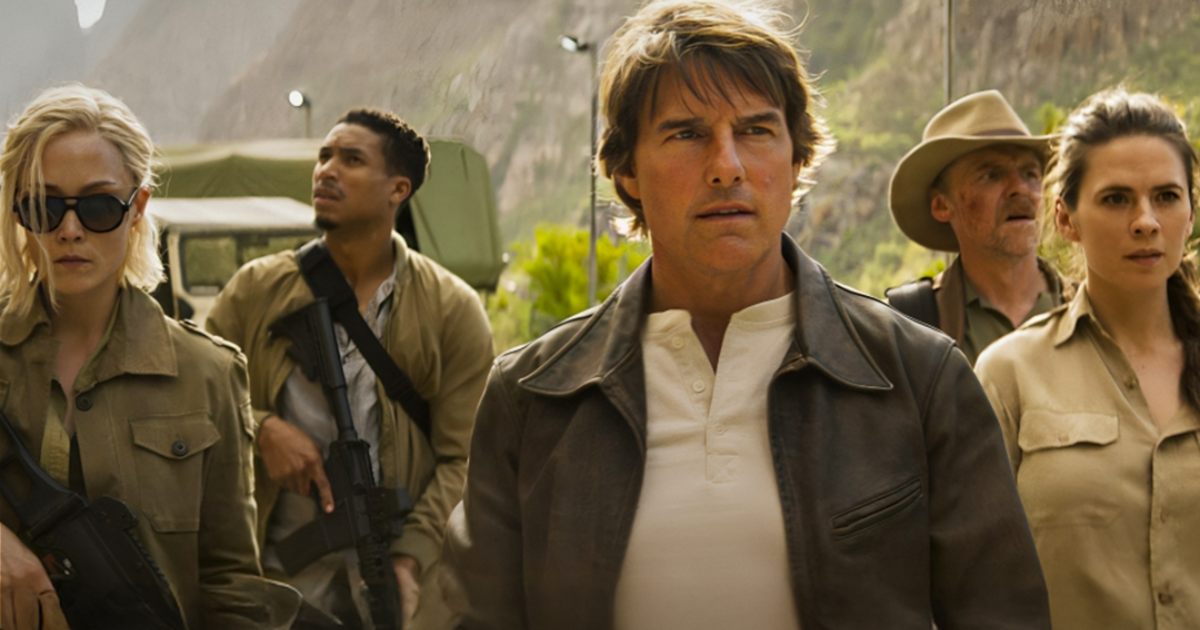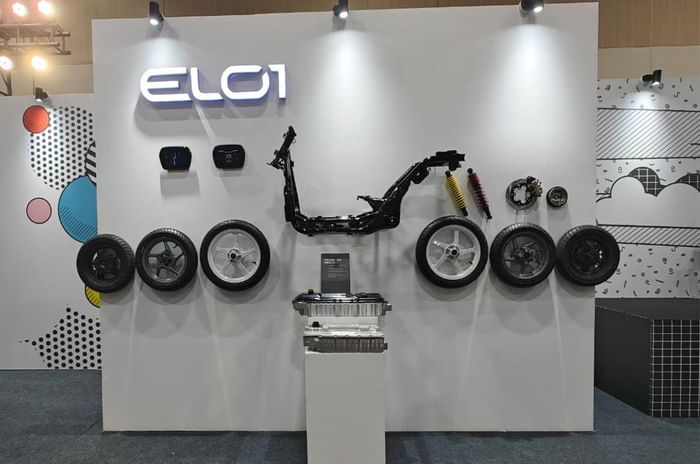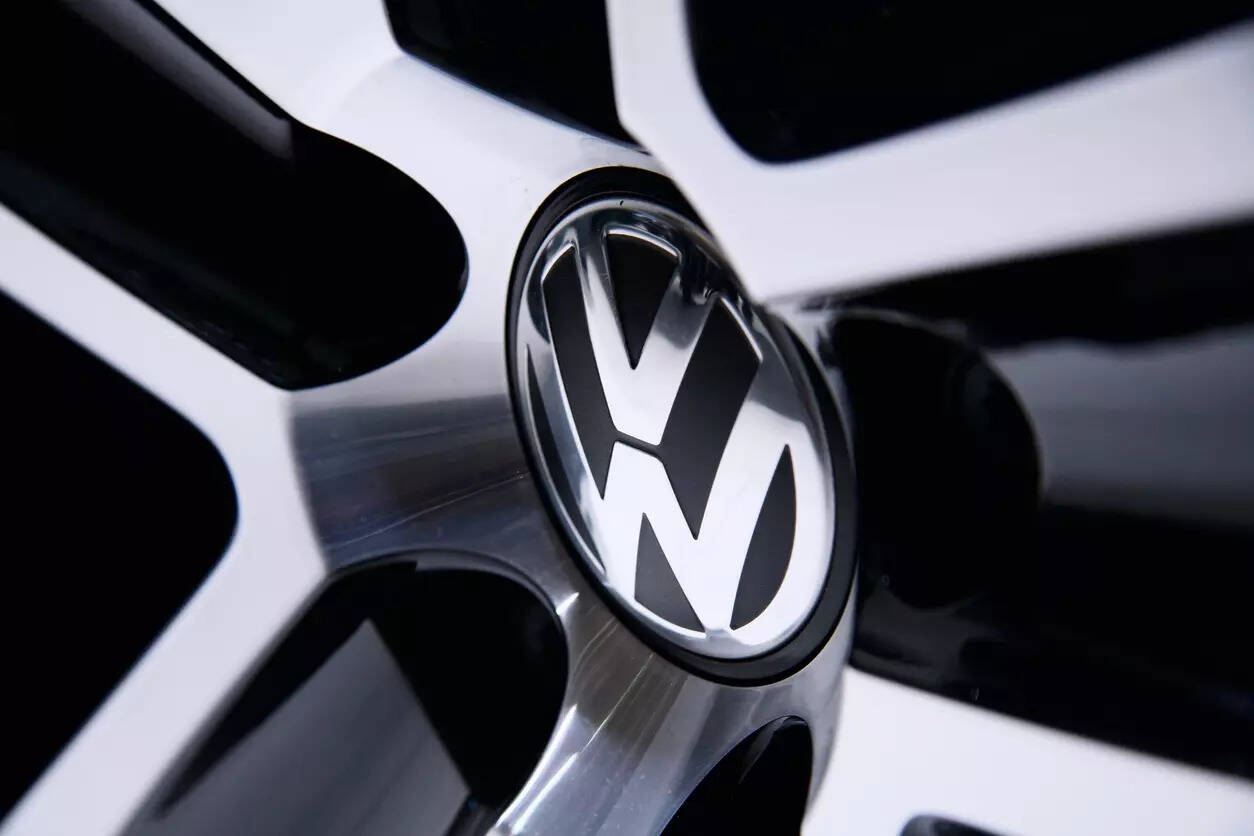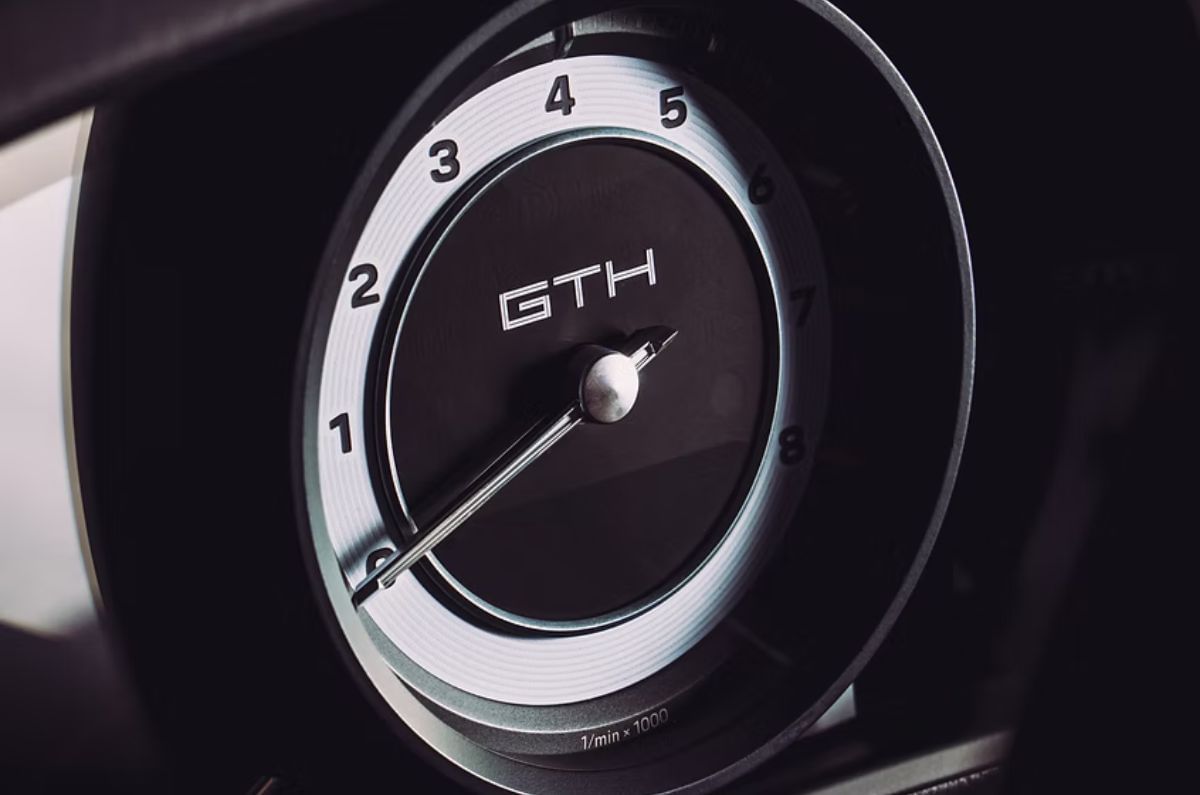The Big Picture
- Walt Disney Animation’s century-spanning lineage of animated classics have become a shared cinematic tradition that spans generations.
- The Disney Vault marketing gimmick created artificial urgency for consumers to buy limited edition films before they were locked away for at least another decade.
- Re-releases and new editions of Disney classics allowed the films to have lasting power and a perpetual sense of newness, reintroducing them to newer generations.
Walt Disney Animation’s year-long centennial celebration is allowing fans the world over to share their favorite moments and memories from the studio’s century-spanning lineage of animated classics. The studio’s legendary output of spellbinding adventures, romantic fairy tales and showstopping musicals have touched countless audiences worldwide and transcended age gaps, becoming a shared cinematic tradition that spans generations. While Disney’s animation library today is readily available to digitally stream at any time on Disney+ or bring home on Blu-ray on store shelves all year round, there was once upon a time when fans could only see and own films like The Jungle Book, Peter Pan and Cinderella for only for a limited time.
Disney Animation Thrived Off Big Screen Exhibition
For the bulk of the industry’s early history, film re-exhibition was limited only to theatrical re-releases done years after a particularly successful movie’s initial theatrical run. If audiences didn’t see a film when it first came out, they either had no luck seeing it ever again or would have to wait for a theatrical re-release. The Disney studio took great advantage of this practice with its celebrated archive of classics as both a steady revenue stream and to ensure their animation efforts are remembered and continually present in the cultural zeitgeist across decades. Hugely popular titles like Snow White and the Seven Dwarfs and Peter Pan would receive re-releases at most twice a decade after their premiere up until as late as the 1990s. Parents who had seen Pinocchio on the big screen when they were young were given multiple chances over the years to see it again with their children, grandchildren and so on.
At the turn of the 1980s, the advent of VHS and home video proved its commercial viability and made possible the mass renting, owning and rewatchability of films in consumers’ homes. As it was still a new market, Disney had initially hesitated to share their animated films on VHS, due to fears that putting them on video would cheapen the brand prestige of the theatrically produced animation and discourage audiences from returning to the cinema to see them on the big screen, threatening the theatrical revenue stream. After all, if families are able to purchase Pinocchio on home video and watch it over and over again, why bother paying a ticket to see it in the theaters every decade?
The Vault Giveth and the Vault Taketh Away
Out of this corporate and commercial climate was born the infamous “Disney Vault,” the shrewd marketing gimmick that convinced multiple generations to buy Disney’s animated films in massive volumes. Whenever an iconic Disney classic or even new release made its home video debut, it would only be in limited supply and even more limited circulation, creating artificial urgency for consumers to “bring home the magic” before it’s locked away in the vault for at least another decade. Even newly ’90s released films like The Little Mermaid, Beauty and the Beast and Aladdin would only remain on shelves for a limited time before being pulled out of rotation, creating an even greater demand for them.
The Disney Classics VHS line was the original limited series to put films like Robin Hood, Dumbo and Bambi on home video for the first time before “locking them away in the vault.” The following Disney Masterpiece collection continued to put more of the studio’s films on video for the first time, while also re-distributing films from the Classics line in a new circulation before, again, “locking them away.” This marketing method not only proved successful for Walt Disney Home Video in moving copies of the same film in droves every few years, but would carry on and find a new life with the rise of the digital disc formats, resulting in platinum and diamond edition DVDs and as recent as the 4K Blu-ray signature collections.
Re-Issues Helped Keep the Classics Fresh
While the “vault” poised itself as a method of preservation for the animated Disney library, in practice, it was a marketing device to withhold their most profitable films until the demand for them peaked every decade or so. While it may have been an ingenious bit of consumer manipulation that borderers on super-villainy, the “vault” periodically re-releasing films every few years gave Disney’s back catalog of animated greats a lasting power and perpetual sense of newness that few other films in history have been able to achieve across the past century.
Each new re-release of classics that “escaped” from the vault was treated as an event, celebrating the lasting power of the films themselves and the studio’s legacy. As transparent as the practice was of reissuing the films to every new video format, each new edition was released with the intent to give the film new visibility and reintroduce it to those waiting to discover or re-discover them. Every new edition of films like Sleeping Beauty, Lady and the Tramp and Alice in Wonderland was given a new restoration “beyond their original brilliance,” behind the scenes features and documentation that had never been before release and in some cases new sequences that made offered an entirely updated version of the film, such as the case for the special editions of Beauty and the Beast and The Lion King that added new entirely musical sequences created specifically for their new re-release. Features and restorations like these may have been considered superficial perks that warranted newer re-purchases of the old films, but in time, they became a part of the film’s legacies in their own right.
The true power and worth of the “vault” was not in how it limited the physical availability of each edition, but how it broadened the accessibility to them, continually reintroducing the films to newer generations with a farther reach then the theatrical re-releases did. Even in their 100th year, Disney has always been looking for ways to renew interest and awareness of their older animated films, whether through sequels, spin-offs and even lackluster live-action remakes. Throughout all the marketing tricks that Disney has pulled in regard to their animated library, the now defunct “Disney vault” helped generations appreciate the timeless appeal of the films as art and encouraged them to be resisted upon as they grew older.




























































